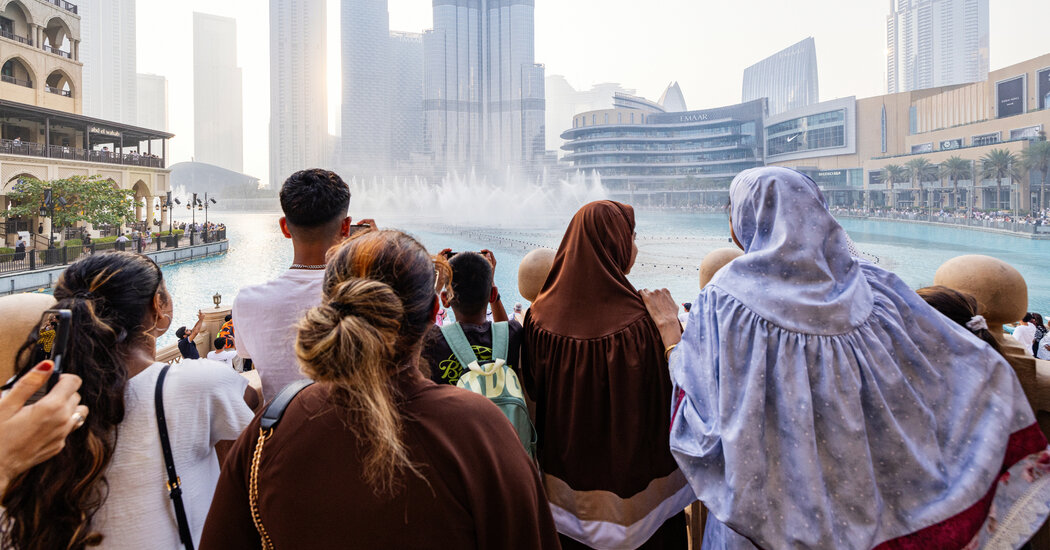Dubai, a desert city, is known for its extravagant water features and attractions. From the world’s deepest pool to skiing inside a megamall, it seems like a water wonderland. However, this opulence comes at a cost – Dubai relies heavily on desalination technologies to provide fresh water to its rapidly growing population.
The process of desalination produces brine waste that is damaging the Persian Gulf by increasing salinity levels and harming biodiversity, fisheries, and coastal communities. A 2021 study published in the Marine Pollution Bulletin predicts that if no immediate action is taken to counteract these effects, coastal water temperatures will increase by at least five degrees Fahrenheit across more than 50 percent of the area by 2050.
Despite environmental initiatives and new technology being implemented in Dubai to address these issues, pressure continues to mount for further action. The United Nations global climate summit (COP28) will be hosted in Dubai this month which has already sparked tension due to fossil fuel investments made by participating countries.
Water is essential for sustaining life in Dubai as it provides drinking water for over 3.6 million residents and millions of visitors each year. The demand for clean water continues to grow with an expected increase in population numbers by 2040.
Desalination plants are powered primarily by fossil fuels which contribute significantly towards carbon emissions produced within the United Arab Emirates. Efforts have been made worldwide including other Persian Gulf countries such as Bahrain, Kuwait Saudi Arabia and Qatar who also rely on seawater desalination technologies.
In response to criticism regarding their excessive consumption of resources through desalination processes among other things; Dubai has announced environmental initiatives aimed at reducing energy and water demand while obtaining power generation from renewable sources by 2050.
However despite progress being made there are still concerns about rising salinity levels threatening biodiversity within the Persian Gulf along with negative impacts on ecosystems such as sea grass meadows and mangroves.
Overall while efforts have been made towards sustainability there remains much work ahead before significant change can be achieved without compromising natural resources or ecosystems within Dubai’s environment.



